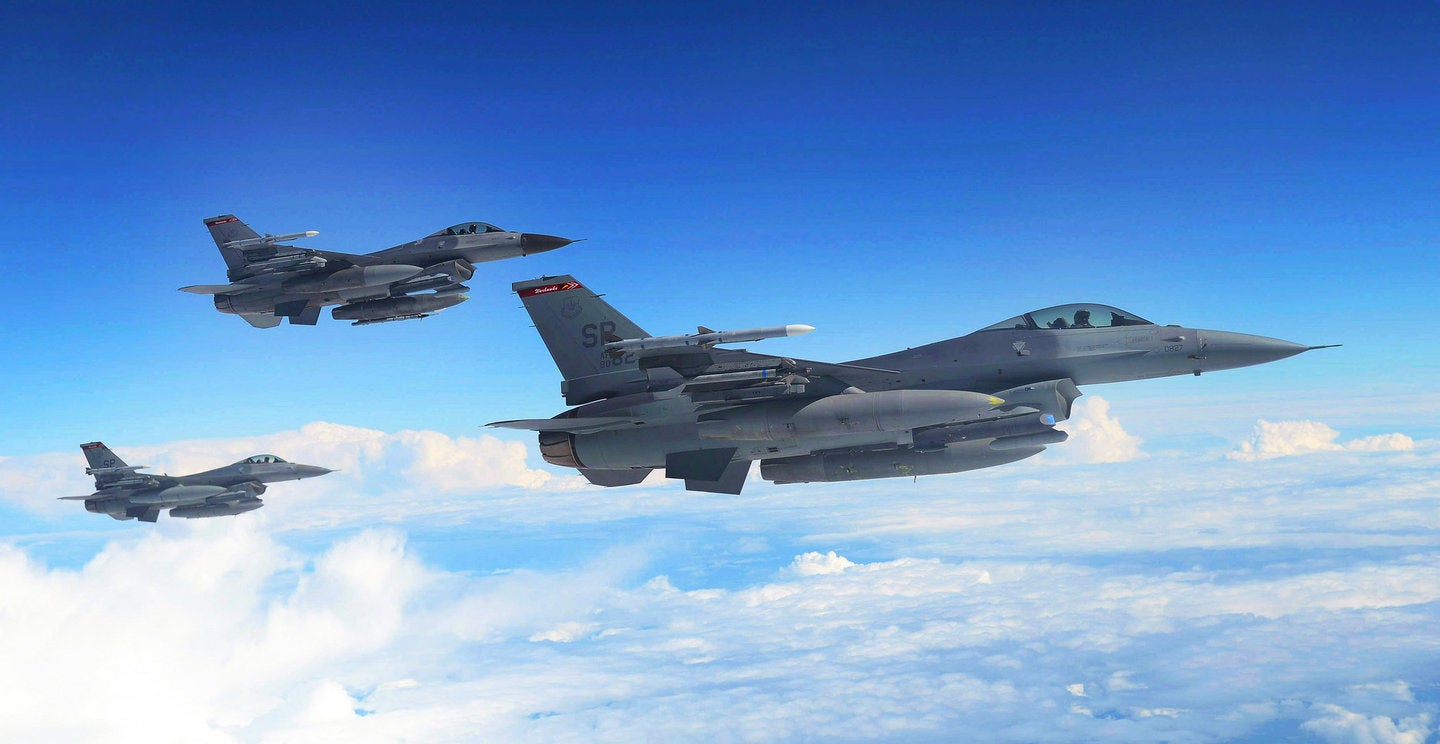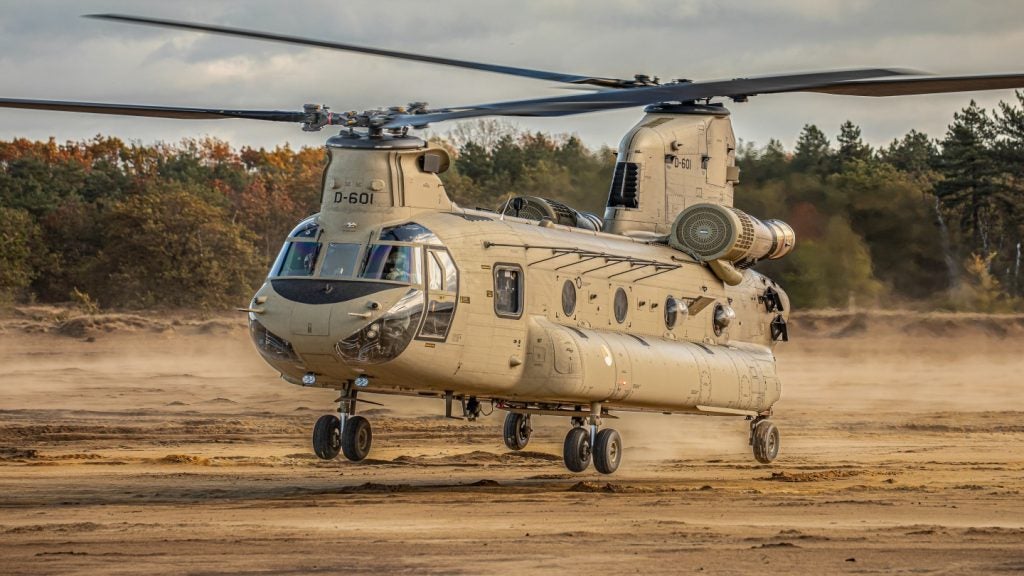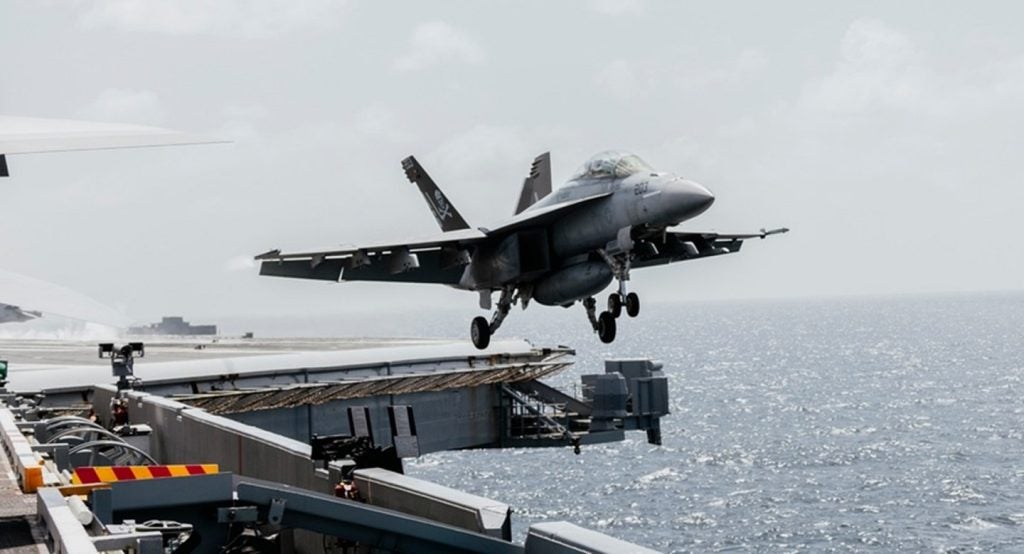
USAF Aircraft Future Scenarios and Strategic Planning
Does the US Air Force (USAF) have enough aircraft to meet future combat and peacetime threats?
A recent report from think tank Rand goes back 50 years in search of answers, questioning whether the USAF is equipped to handle increased operational demands, including the threat posed by Russia and China, who are fielding increasingly capable and sophisticated forces.
The report measures historical demands placed on the USAF since 1946 and uses this evidence to estimate future demands on USAF capabilities in four possible scenarios.
Two of these scenarios are based on the US entering a new cold war with Russia or China; another on renewed peace enforcement commitments like those made between 1990 and 2000; and a fourth scenario envisions US military operations being dominated by global counterterrorism and counterinsurgency operations, as they have been since 11 September 2001.
The conclusions make for a sobering read, with The Air Force Times noting that in all four scenarios the USAF would experience significant shortfalls.
In a future resemblant of the Cold War, including a regional conflict with the magnitude of the Vietnam War, the USAF would only be able to field around 50% of the command, control, communications, intelligence, surveillance and reconnaissance and battle management (C3ISR/BM) and special operations aircraft necessary, and less than two thirds of the airlift and attack aircraft required.
How well do you really know your competitors?
Access the most comprehensive Company Profiles on the market, powered by GlobalData. Save hours of research. Gain competitive edge.

Thank you!
Your download email will arrive shortly
Not ready to buy yet? Download a free sample
We are confident about the unique quality of our Company Profiles. However, we want you to make the most beneficial decision for your business, so we offer a free sample that you can download by submitting the below form
By GlobalDataSimilarly, in a future characterised by the peace enforcement era of the 1990s, which historically has included lengthy no-fly zones in regions such as the Balkans and the Middle East, the USAF’s intelligence, surveillance, target acquisition, and reconnaissance (ISR), special operations, tanker, bomber, fighter and attack aircraft capabilities would still be stretched.
This is in part due to longer operations on average since the Cold War, with prolonged operations having a disproportionate effect on the USAF today.
“The USAF has a large, ageing fleet, and many obligations,” says Richard Aboulafia, vice president for analysis at aerospace consulting firm Teal Group. “As the study makes clear, fighter aircraft and ISR platforms are the most flexible and in-demand assets.”
High demand: pressures on the USAF
The introduction to Rand’s report, titled ‘Is the USAF Flying Force Large Enough?’, serves as a concise post-Cold War history of the USAF. It notes that while demand for forces peaked during major combat operations, such as Operation Desert Storm and Operation Iraqi Freedom, the periods of demobilisation never reached the lower levels of demand that characterised much of the Cold War.
Against a backdrop of conventional US military hegemony worldwide, this high operational tempo initially seemed manageable. The USAF responded to rotational demands on troops by establishing the Air Expeditionary Force to provide operational and support forces when they are needed.
However, this and other initiatives such as the Global Force Management system (not to mention US servicemen and women’s willingness to endure frequent deployments) were only ever meant to be temporary fixes – and cracks in aircraft capacity are beginning to show.
No class of aircraft was given a high-performance rating in all four of the examined futures. Fighter aircraft came closest, while C3ISR/BM platforms had the biggest shortfalls, reflecting their small fleets, but also high demand.
“Perhaps the most surprising result is that a future characterised by peace enforcement operations is most stressful to capacity,” the researchers write. “This is because that period was characterised by prolonged no-fly zones in the Balkans and Middle East, which required continuous rotations of fighter, tanker and C3ISR/BM platforms.”
Deploy-to-dwell (D2D) policies and metrics in prolonged missions
The Rand report also noted that aircraft availability shortfalls cannot easily be corrected through changes to deploy-to-dwell (D2D) policies that set a maximum deployment length.
Current guidelines stipulate that USAF units must spend minimum periods at home station before being deployed again. For example, a 1:2 D2D ratio requires that the unit remain at base for twice as long as the time that it spent deployed. For example, a six-month-long deployment abroad must be followed by a year at home station.
However, even if ISR air crews were deployed at a 1:1 D2D ratio that would only allow those planes to meet 42% of the demand, up from 29% in a 1:2 D2D scenario.
The Rand study recommends that the USAF develops metrics that more clearly illustrate the impact of prolonged operations and employs historically based simulations similar to those used in the study when conducting its force planning process.
For example, The Air Force Times points out that the current process doesn’t fully account for demands placed on the force during peacetime, when aircrews are supposed to be training and preparing for the next conflict.
“Better metrics would also help USAF leaders make the case for more force structure in interactions with Department of Defense (DoD) leadership, Congress, the media and the public,” the report said.
The decline in US aircraft procurement after the Cold War
FlightGlobal notes that USAF aircraft procurement has declined “precipitously” over the past three decades. This is partly a result of the thawing of the Cold War, but also due to a greater emphasis on buying fewer, more expensive aircraft, such as the Lockheed Martin F-35 Lightning II, which promise greater capabilities.
“It’s clear the USAF benefited relatively little from the Iraq/Aghanistan defence budget surges,” says Aboulafia. “It is starting to benefit from the recent budget surge, but high deficits and other concerns make it clear that FY 2019 is likely to be the peak. “Thus, the service is unlikely to be able to procure equipment at a faster pace than today.”
The Rand report sounds a warning that the age of US global military dominance is waning and that the combination of high demand and procurement cuts have the potential to leave the USAF exposed.
“Although service leaders and the Chairman of the Joint Chiefs of Staff have been increasingly candid and direct about the readiness and retention problems caused by overtasking and under-resourcing of the military, as of May 2018 there appears to be no significant reduction in demand on the horizon,” says the report.







